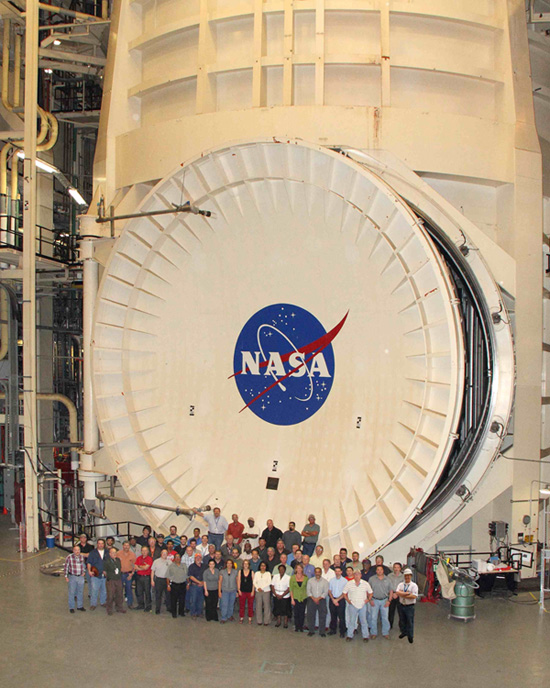
Space Chamber Reaches Cold Target at Unprecedented Efficiency
Thomas Jefferson Laboratory lends expertise in cryogenics developments.

Thomas Jefferson Laboratory lends expertise in cryogenics developments.
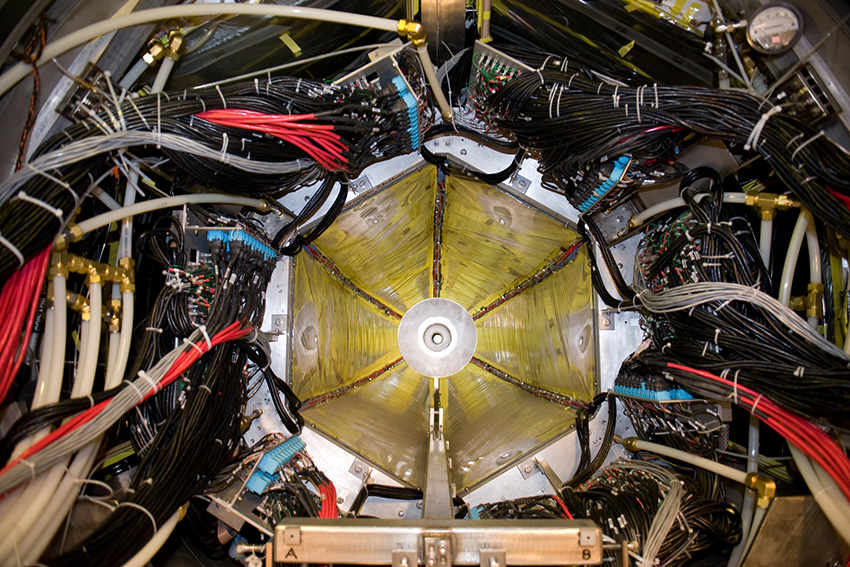
Discovery could provide a deeper understanding of the dynamics of the three quarks enslaved inside the nucleon.
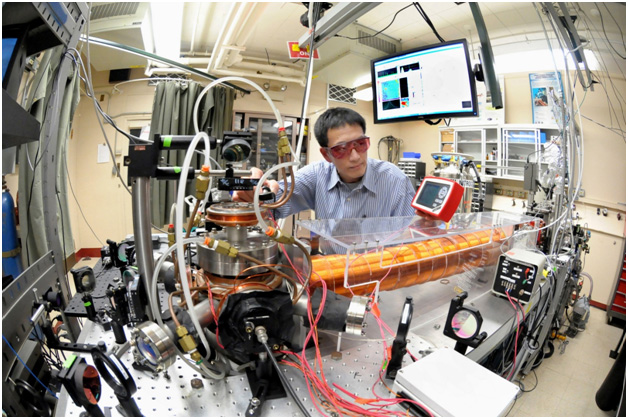
Precision analytical techniques developed for fundamental experiments in nuclear physics now enable routine measurements of ultra-low concentrations of Krypton radioisotopes in samples of water, ice, and gas.

Astrophysicist Saul Perlmutter wins Nobel “for the discovery of the accelerating expansion of the universe through observations of distant supernovae.”
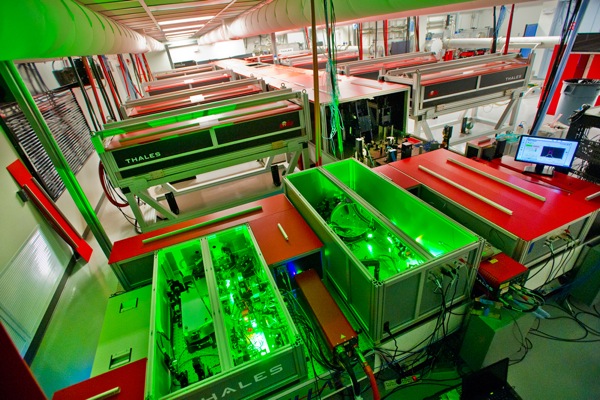
Laser Delivers One Petawatt of Power in a Pulse only 40 Femtoseconds Long Every Second

Argonne National Lab wins prestigious 2012 R&D 100 award for development of Large Area Microchannel Plate Detectors
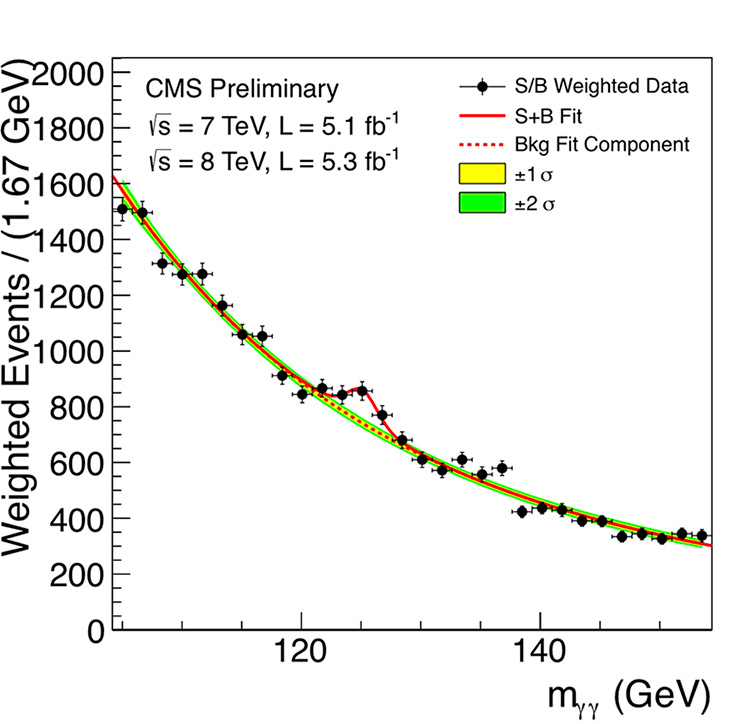
Particle may help explain the origins of mass.

Simulating the evolution of the universe on the Argonne Leadership Computing Facility’s IBM Blue Gene/Q.
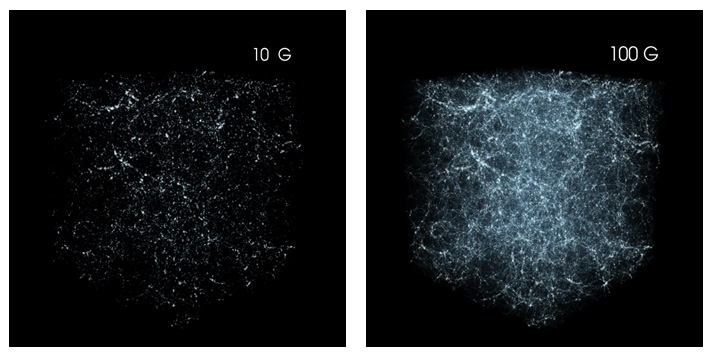
The Advanced Networking Initiative testbed is allowing researchers to develop radical new technologies for the next generation Internet.
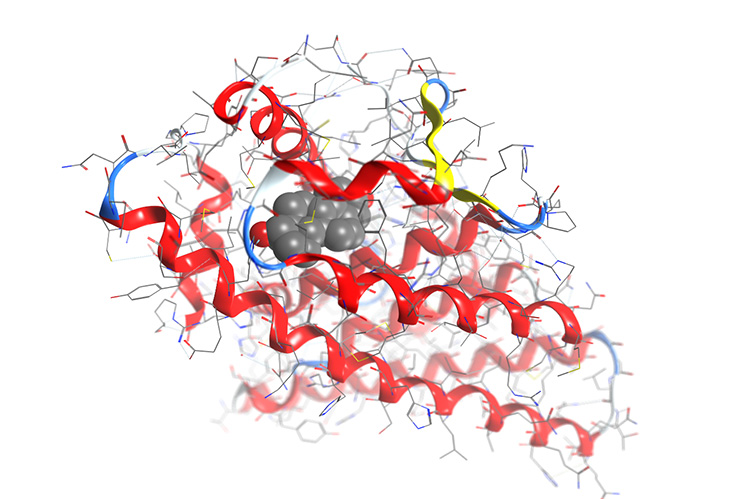
Researchers use Oak Ridge Leadership Computing Facility to accelerate drug discovery.
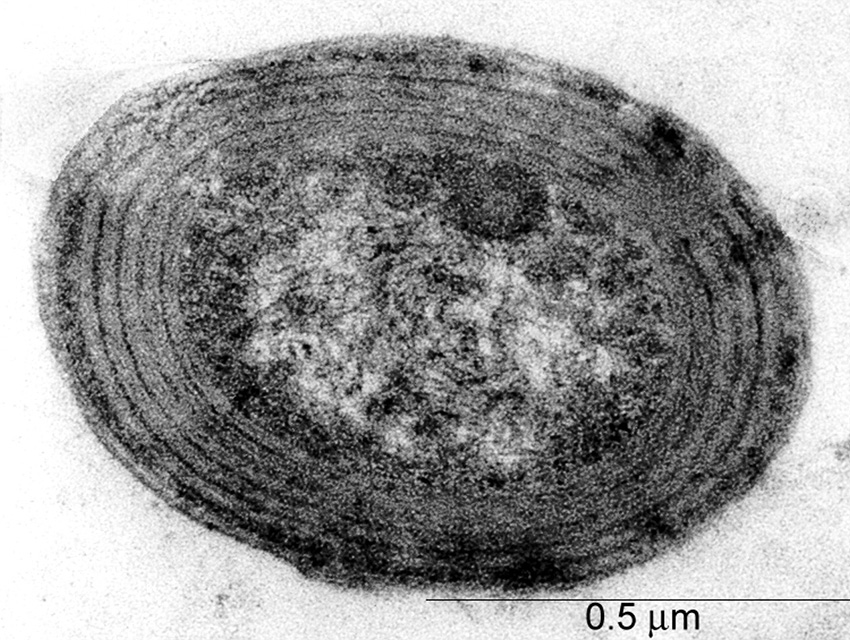
Low abundance microbes may do more than their share of carbon cycling in the ocean.
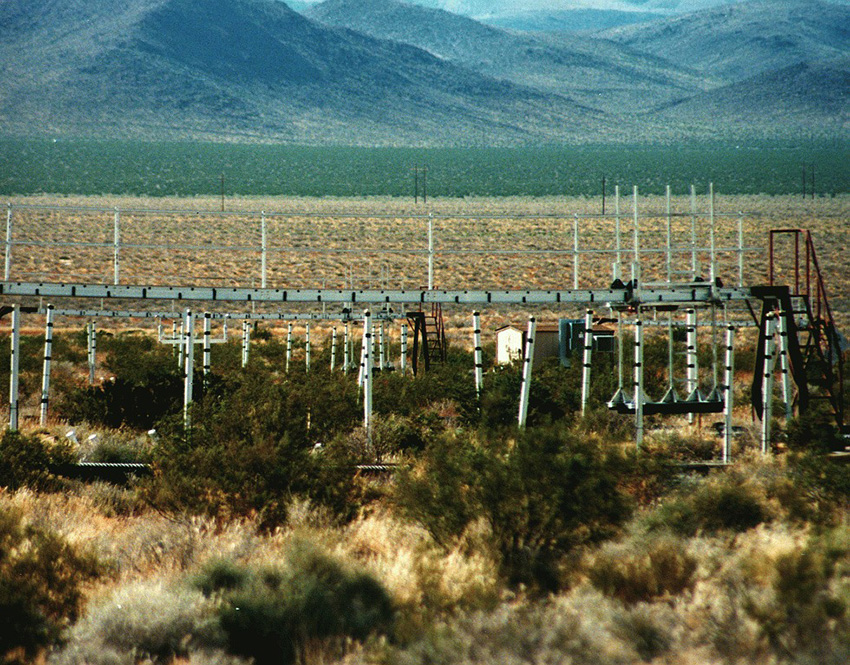
Researchers find that ten years of controlled CO2 elevation on desert microbes had deleterious effects.